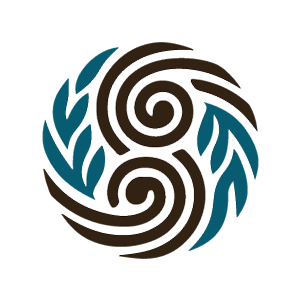Microteach session: Examplifying the use of interactive formats in permaculture education as presented at EPT, September 2013, Mas Franc, Catalunya by Fransjan de Waard fdewaard [at] xs4all [dot] nl (fdewaard[at]xs4all[dot]nl)
The presented format is called the 'Consensus Workshop', and is part of the ToP work -Technology of Participation - as developed by the Institute of Cultural Affairs (ICA). This is an international network organisation that has roots in the movement for community organising in the South Side of Chicago, and considers it its mission "to enable people to bring about change in pursuit of a just and sustainable world for all".
The Consensus Workshop is intended to help groups working for social change and similar goals, to get a better sense of an issue they are facing, look at options to resolve problems and move on with their work - doing so as a collective with a shared purpose but naturally made up of different individuals.
CONSENSUS WORKSHOP
Materials -> "Sticky wall" (ICA tool), ie. sheet of ripstop nylon, treated with "spray mount" (thin layer of sprayed glue), see http://bit.ly/StickyWall -> Paper notes of diff. colours; coloured pencils -> Instructions for using paper notes: 1 subject each, write BIG, 7 words max. -> Durations (in brackets) are merely indicative
Workshop structure -> Purpose of the meeting, eg. brainstorming & generating a collective vision and plan by means of the focus question: for example: where do we want to go with permaculture education in the Netherlands?
-> Rational goal: mapping the 'landscape' of permaculture education in NL, incl. strengths/weaknesses, obstacles, challenges, action
-> Experiential goal: a better view on the situation, more personal connection with it, collective motivation to continue moving forward
Introduction
- objective of the workshop
- clarification of the focus question
- clarification of the proces (preliminary, brainstorming, clustering, denominating, completing
- brief ORID-Focussed Conversation (ORID: Objective, Reflective, Interpretive, Decisional) about the subject (what do we see in the landscape, how does it effect us, what does that mean, how do we move in with it?) See http://bit.ly/ORIDFC
Brainstorming
5. Each participant writes and individual list of ideas, and prioritizes those (6 min.) 6. Form groups (eg. of 5), each produces 6 paper notes (5-10 min.) 7. 1st round: each group hands facilitator its 3 clearest ideas 8. Facilitator reads each note, sticks them randomly on wall
Clustering
9. Organise notes into 4-6 pairs through group suggestions & discussion (3 min.) 10. Facilitator asks for 1 or 2 more notes from each group, reads them 11. Form clusters out of notes on the wall (5 min.) 12. Tag each cluster with a random symbol (using notes with alternative colour) 13. Remaining notes go on the wall, are organised by the group (5 min.)
Denominating
14. Discuss the biggest cluster (3 min.) 15. Name this cluster, in view of the focus question, 3-7 words (notes of new colour) 16. Do the same with the other clusters (7 min.)
Completing
17. Read all the names aloud (1 min.) 18. Reflect on the meaning of this consensus - how the group has come up with these as answers to the focus question (3 min.) 19. Discuss next steps (4 min.)
- Log in to post comments
